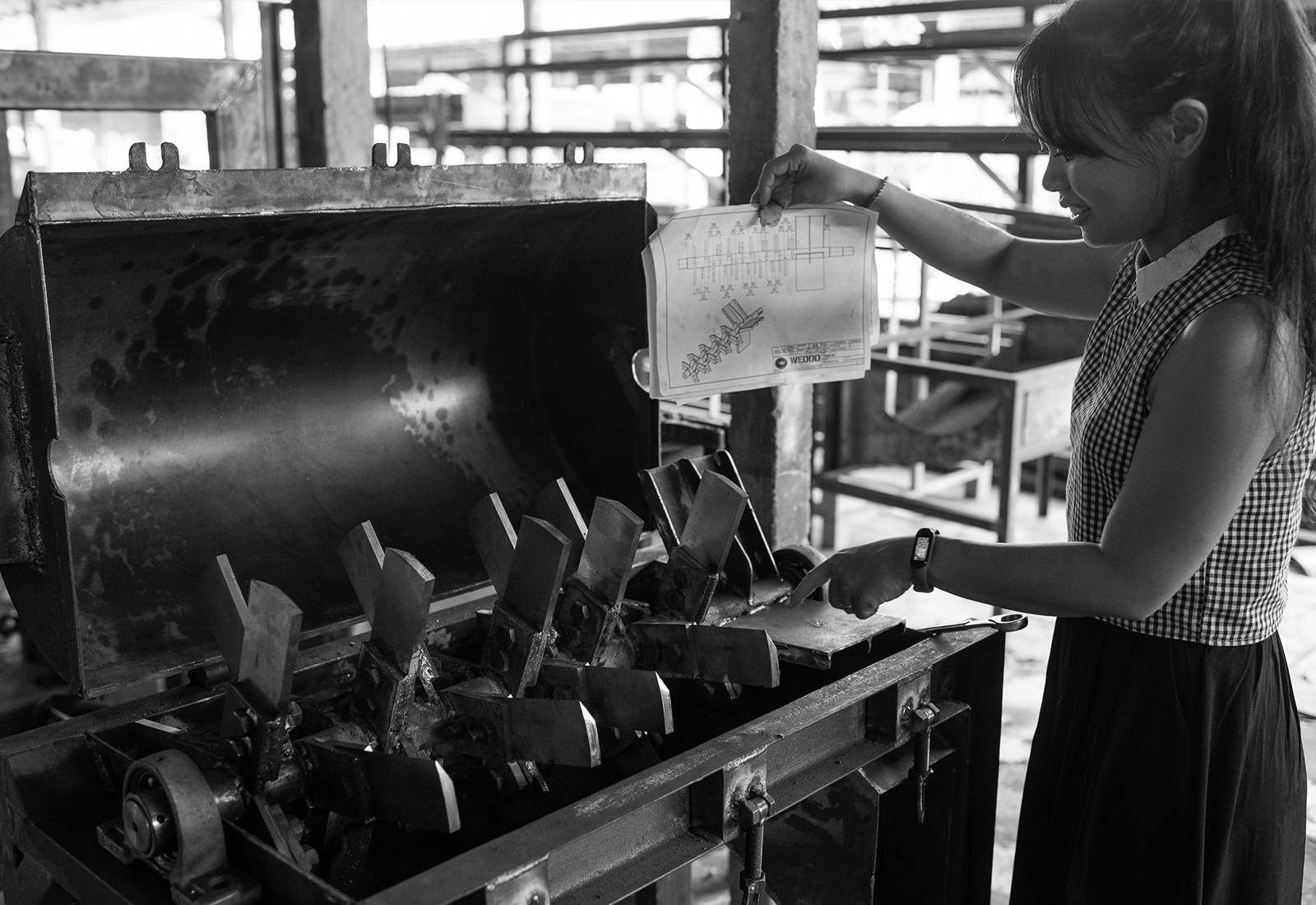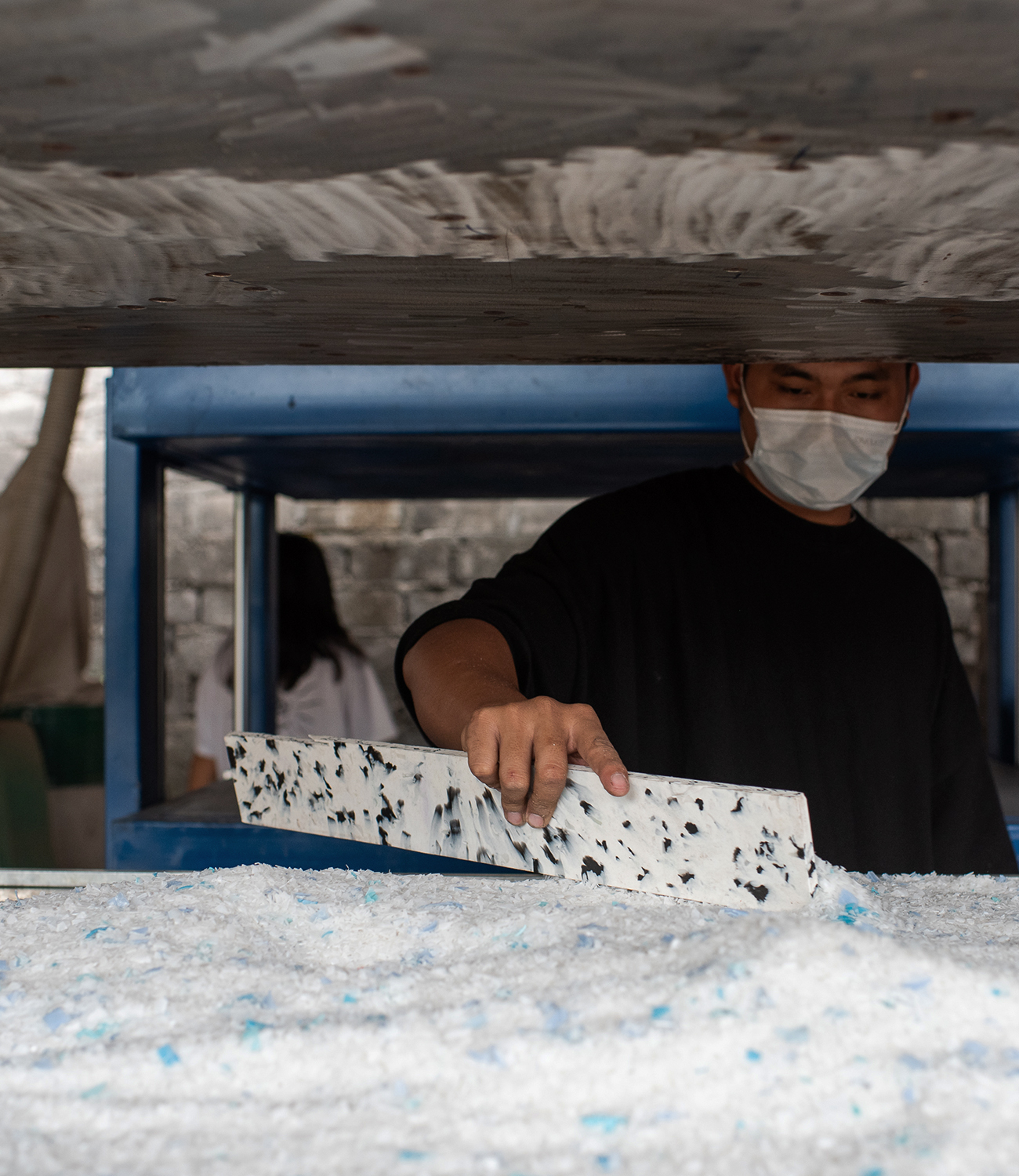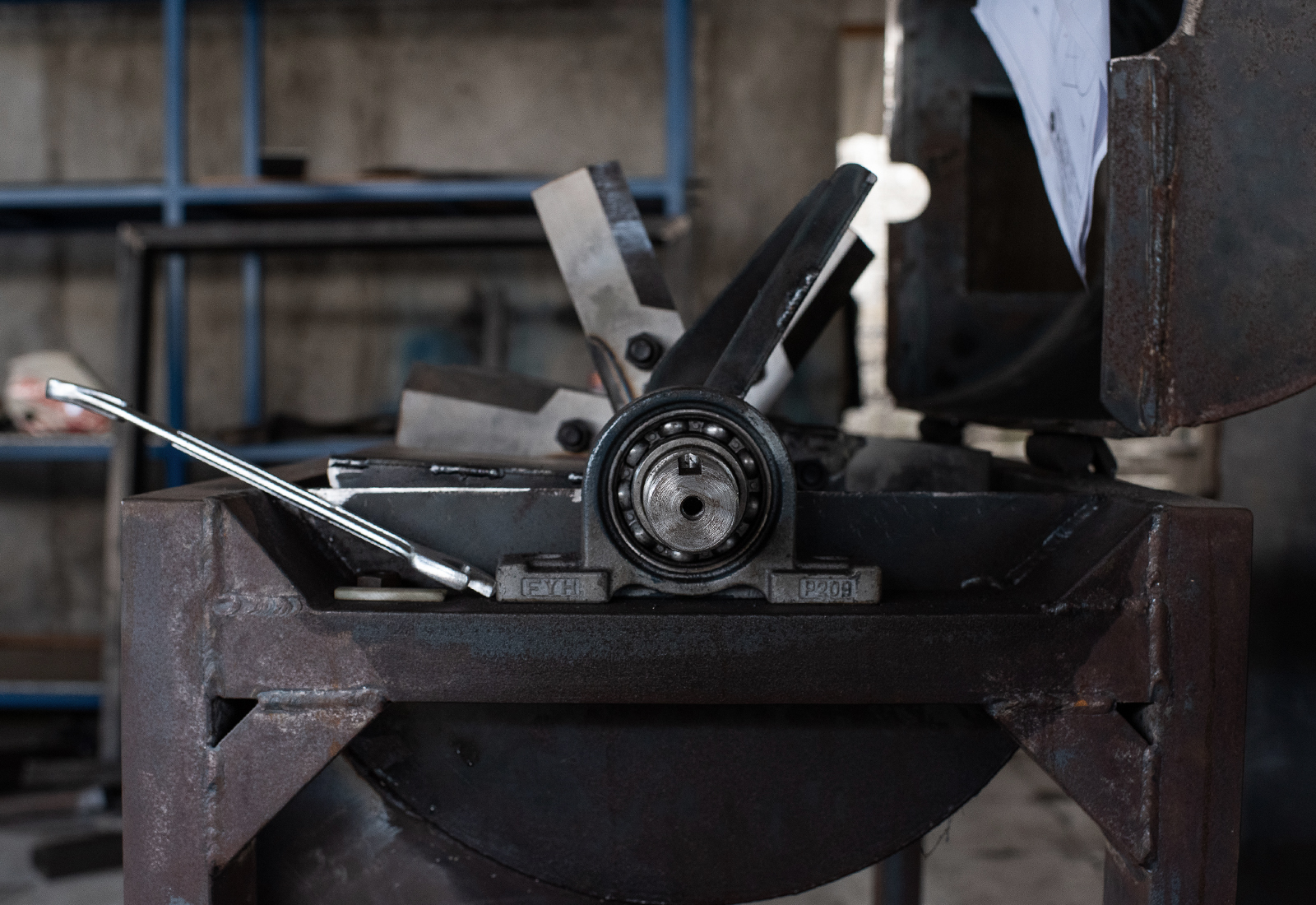WeDoo is a Bali based company committed to improving circular economy in Indonesia through Waste Management Solutions. The company offers manufacturers recycling, machinery for plastic and organic materials.
The client needed a simple, easy to maintain website to advertise their services. They wanted a way to be able to explain to clients, to potential clients, the types of services and products they offered and to provide a final for incoming clients.

Our solution
Empathy worked with the WeDoo team to understand their needs and existing offerings. We helped digitize their traditional catalog, turning it into an online website with dozens with pages for each of their products.

We selected WordPress as the platform of choice as it allowed for quick development, easy updates from the client, and a low operational cost. The client was particularly fond of the ability to assign content creation work to multiple employees who could update the website via mobile apps or the website itself. Working alongside the client, we were able to digitize their physical content and launch the website within a couple of days.
Since launch, the WeDoo website has been an invaluable resource in attracting new leads. In the last year, the website has generated over 150 new quote requests and thousands of new monthly page views.
Building an interactive visualization of plastic
Empathy has a long history working with the WeDoo team, having worked on several projects together while the founder was pursing her masters degree in Architecture at the University of British Columbia.
We worked with Valerine Chandrakesuma, the founder of WeDoo, to create a visualization of plastics use over the years, starting from its invention in the 1950s through to a prediction of the future. The centerpiece of this work was a physical sculpture, the Monument to Plastic, that was displayed in the Museum of Vancouver. The monument was made up of 80 recycled plastic bricks, each representing the volume of plastic in the world from its invention. Each pillar would light up one year at a time, and a TV next to the sculpture would show details of how much plastic was on the planet that year, some notable highlights, some interesting facts, and a 3D representation of the sculpture.
We also prepared a follow-up blog post explaining the history of plastic in a timeline with a 3D visualization that was mapped to the amount of plastic on the planet at that time.
We also prepared an interactive blog that looked at the future of plastic. It estimates how our plastic usage will increase in the coming years and outlines some key technological and policy advances that could happen in the future to reduce the growth of plastic. Viewers can click on each policy and technical change to get a prediction of how it would affect plastic growth in the future if it were to be adopted.
Providing access to circular economy tools
We also worked with the University of British Columbia to prepare a digital version of the "D-Constructed Manual", a glossary of tools Essential to the circular economy created by the SALA Architectural Department at the UBC. The Digital Tool Library provided an interactive map of all circular economy tools that could be accessed by students at the University of British Columbia, along with information on who to contact and training required to use them.





